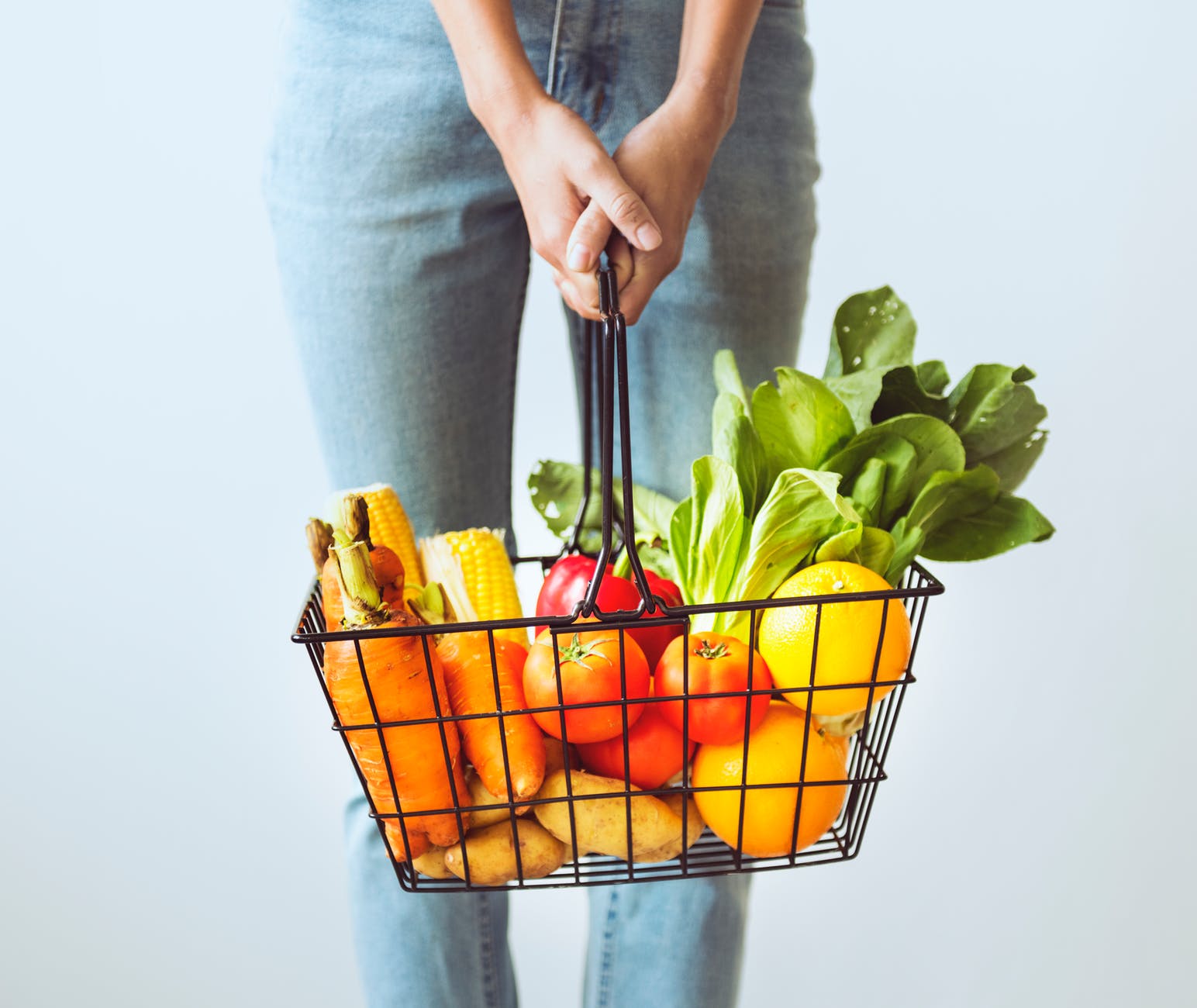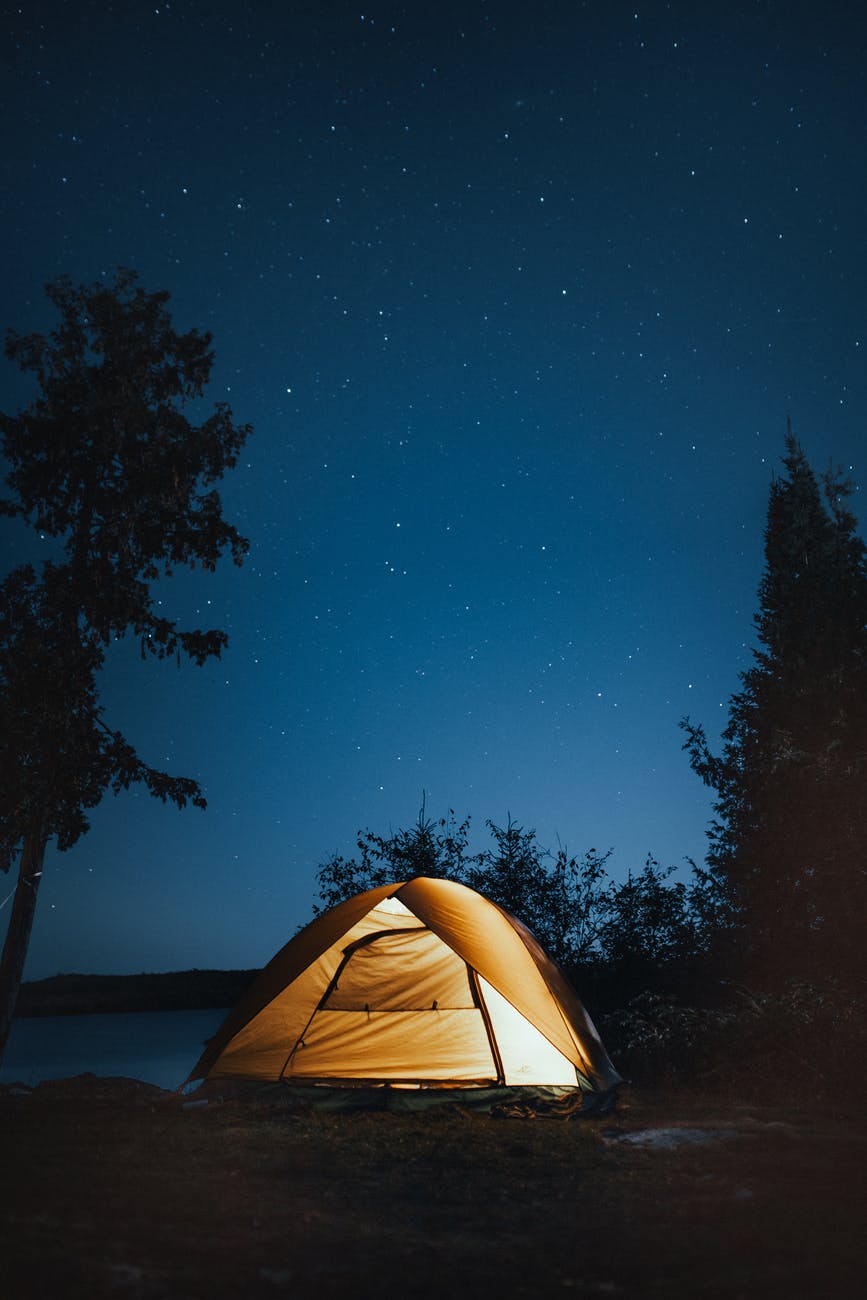I’ve written before on how I try to be eco-conscious with my decisions and the kind of impact I want to have on the environment. Part of that has to do with how I think about consumption and waste, and how I try to limit how much plastic I use/bring into my life.
So when we moved into the tiny house, one of the things I wanted to try that I couldn’t previously in our apartment was composting. We finally had some space to try it out. I’m am by no means an expert, and if you are interested in composting, I recommend doing your own research to find out which method works best with your lifestyle.
Questions I get about composting:
How do you compost? We have a compost pile. Yep, a big ol’ pile of dirt and rotting veggies in our backyard. Compost is a fancy word for rotting stuff that turns back into healthy soil, and I love it.
Does it really work? Yes, in the three years we’ve lived here we’ve made compost we can then add to our garden to help more plants grow.
Does it smell? No, it smells like soil. We are lucky to live in a pretty moist area, so leaving things to compost naturally out there is easy for us.
What do we compost? We compost eggshells, yard waste, fruit and vegetable scraps; basically anything that can biodegrade. Don’t compost stuff like animal products or bread, that is how you get critters creeping around like raccoons.
How did you start? Honestly, I told my husband I wanted to try it and he said okay. So we picked a spot in the yard that no one hangs out around and started piling yard and food waste there, and just kind of waited.
How do you keep it going? We like the pile method because it don’t require a lot of upkeep. Every once in a while, one of us will agitate the pile, keep things moving around. But really, stuff rots on its own, melting back into the natural dirt. It’s not perfect but it gets the job done.
Why even bother? Well, rather than contributing to landfills where garbage sits for years and years, this is one way we can reduce our landfill waste and also give back to the land. Compost has many, many benefits when used in growing new plants, so we love it.
I’ll continue to keep you updated on our composting journey! Check back for more!














